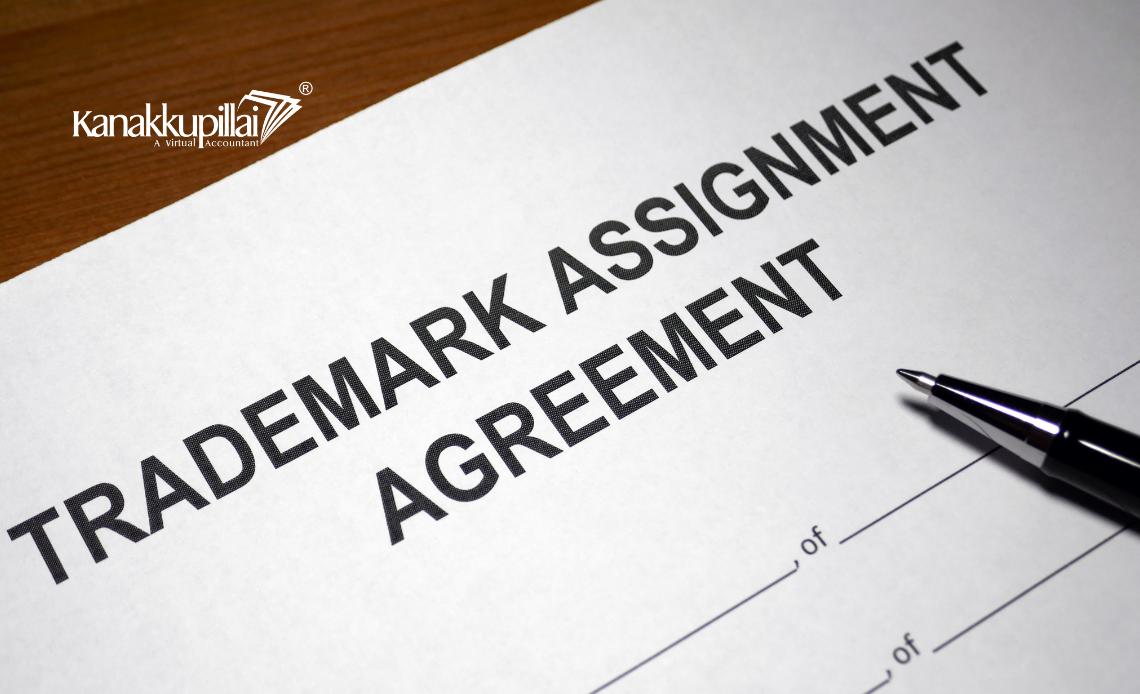Any business that wants to protect its value must understand trademark assignments since trademarks are important assets. Neglecting a trademark during assignment may result in a complete loss of value as well as legal ramifications. Proper assignment, on the other hand, confers benefits upon all parties and permits the temporary or permanent transfer of trademark rights. In order to promote mutual gain and brand expansion, the assignor receives royalties while the assignee is granted the ability to utilize the brand name for expanded market purposes.
What is a Trademark Assignment?
Trademark Assignment is the formal process of transferring ownership of a trademark from one party (the assignor) to another (the assignee), typically through a formal agreement. The power of the assignee to use and enforce the trademark is in exchange for the assignor giving up all rights and interests in it.
Who is Authorized to Assign a Trademark?
Trademarks may be assigned by the owner of the trademark, or by any entity duly acknowledged as the owner of the trademark rights. In addition, the right to assign the trademark on behalf of the owner may also belong to people or organizations that the trademark owner has allowed, such as authorized agents or representatives.
As such, the transfer of trademarks is permitted under Indian law.
Methods for Handling a Trademark Assignment
The procedures for managing TM assignments are listed below:
-
Maintaining Trademark Rights
Legally binding in the country of registration or establishment via use, trademarks are territorial rights. A trademark may not transfer to its new owner in full if it is assigned without following the proper legal processes. Loss of exclusivity, termination of the registration, and difficulties enforcing the trademark against infringers could result from this.
To guarantee that the rights are passed to the new owner, it is essential to conduct trademark assignments. In most cases, this entails completing any outstanding legal obligations of the country, recording the assignment with the relevant trademark offices, and executing a formal assignment agreement.
-
Preventing Legal Conflicts
Disputes concerning ownership and rights may arise legally from improper trademark assignment. An incorrect assignment could lead to costly legal action since it raises doubts about the validity of the transfer for the original owner or a third party.
Imagine a company giving its trademark to an unapproved party without following the proper legal channels. The rights of the new owner of the mark are subsequently contested by a rival who says the assignment was void. Injunctions against using the trademark, protracted legal disputes, and monetary damages could result from this.
Businesses can steer clear of future legal conflicts and create unambiguous ownership rights by handling trademark assignments effectively from the outset.
-
Safeguarding the Goodwill and Brand Value
A brand’s reputation and goodwill are intrinsically related to its trademarks. When a trademark is assigned, associated goodwill and brand equity are also transferred together with the mark itself.
Poor management of trademark assignments may have a negative impact on the worth and reputation of your brand. If customers stop believing in the source of the products or services, they might stop believing in the brand.
All related rights and goodwill are passed to the new owner of a trademark when it is properly assigned, maintaining the brand and reputation. For businesses that depend on customer trust and brand loyalty, this is crucial.
-
Promoting Fluid Transitions
Often, trademarks require to be transferred to the new business or owners in the occurrence of corporate restructurings, mergers, and acquisitions. An improperly managed the assignment of trademarks can cause operational disruptions and make transitions more difficult.
Let’s say a corporation purchases another company but forgets to transfer the trademarks of the acquired company. This can make it difficult to promote and label products, enforce laws against alleged infringers, and integrate the transferred resources into the new ownership pattern.
Businesses help ensure smooth trademark rights transfer to minimize disruptions and make the new holders use their newly acquired brands efficiently straight away by following the proper assignment processes.
-
Maintaining Franchise and Licensing Agreements
The foundation of licensing and franchising agreements is often a trademark. It is crucial to transfer or re-adjust any existing licensing or franchising agreements when a trademark owner transfers their mark to a new company.
Ignoring a trademark assignment could lead to the nullification or termination of current licencing or franchising agreements, which could result in financial losses, legal conflicts, and strained commercial relationships.
Ensuring that trademark assignments and licensing/franchising contracts are properly carried out, businesses will remain compliant and prevent problems with their current business agreements.
-
Adherence to Legal and Regulatory Obligations
Depending on the region, assigning trademarks are subject to a range of legal requirements and regulations. The assignment may be deemed null and subject to heavy penalties and fines if any of these conditions are not met.
As an example, trademark assignments are often subject to a time-sensitive necessity for record-keeping at the trademark office in several countries. Notarized assignment agreements or evidence of the transfer of goodwill are examples of the kinds of documents that certain countries also require.
-
Keeping Franchising and Licensing Safe
In order to create sources of income, a lot of trademarks are franchised or leased. These sources of income may be at risk if you fail to manage a trademark assignment.
Franchisees or licensees may question the legality of their contracts if ownership of a trademark is not proven. This could lead to disagreements, unpaid payments, or even the cancellation of licensing or franchising agreements.
By following the appropriate assignment protocols, businesses can ensure the protection of their licensees’ and franchisees’ long-term financial interests and revenue streams.
Conclusion
To sum up, managing the assignment of trademarks requires following the law, particularly as it is stated in the Trade Marks Act of 1999. It is crucial to understand the duties of the assignor and assignee, record transfers in writing, and make sure consent criteria are followed. By ensuring enforcement, facilitating seamless transitions, and mitigating hazards, such careful handling protects the authenticity of trademark possession.
FAQs
- What is a trademark assignment?
The transfer of ownership rights in a trademark from one party to another is referred to as an approved trademark assignment.
- How come a trademark assignment is gathered?
Ensuring the new owner has all rights, avoiding disputes, adhering to regulations, and providing official notification of ownership change are all made possible by recording TM assignment.
- Can a trademark assignment become invalid due to inappropriate handling?
It’s true that improper implementation and recording could cause problems with ownership rights.
- What paperwork is necessary to assign a trademark?
A formal agreement on the assignment, evidence of the goodwill transfer, the recordation forms and costs and any other information required by law.
- When should I look for professional help when assigning a trademark?
Consult our professionals at Kanakkupillai for help with complex agreements, multi-jurisdiction assignments, mergers and acquisitions, or impending ownership conflicts.





